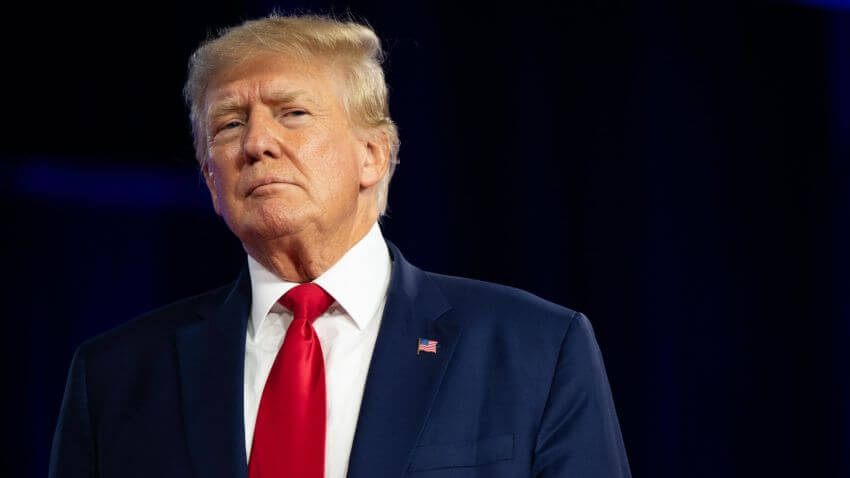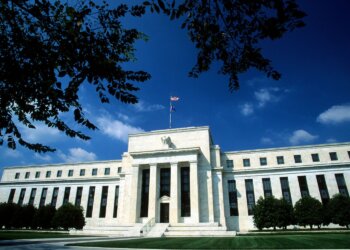The introduction of President Donald Trump’s wide-ranging tariffs created a new trade conflict with significant U.S. trading partners which established import duties at their highest point since the last century. The 10% to 50% import duties began after extended periods of uncertainty while multiple countries negotiated for exemptions at the last minute.
The highest tariffs reached 50% in Brazil while India faces a 25% oil tariff from Russia because of its ongoing Russian oil imports. The three-week deadline for India to start its 25% oil tariff from Russia approaches.
Trump declared the tariffs as necessary measures to correct what he described as decades of unjust trade practices. Through Truth Social he announced that billions of dollars would begin entering the United States.
The administration claims the tariffs will reduce the trade deficit while stimulating American manufacturing operations. The implementation of these tariffs faces opposition from economists who predict they will damage worldwide supply networks while causing domestic price increases. The expenses from importing goods will fall on businesses which might choose to raise prices for their consumers.
Trade Representative Jamieson Greer stated that the United States works to reshape international trade standards through eight major partner agreements that reduce their base tariff rates. Many countries attempt to rework their trade agreements because they fear price inflation and retaliatory measures will occur.










